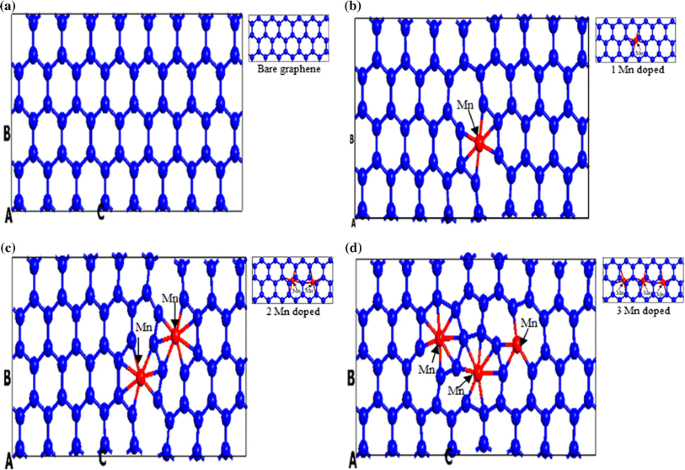


Furthermore, our theoretical results show that the value of tunneling resistance changes with the relative magnetization angle of two ferromagnetic layers, displaying the anisotropic tunneling behavior of graphene-based MTJ. The band structure of Ni–C bonding interface shows that Ni–C atomic hybridization facilitates the electronic structure consistency of graphene and nickel, which results in a perfect spin filtering effect for tri-layer graphene-based MTJ. In this paper, the non-collinear spin filtering and transport properties of MTJ with the Ni/tri-layer graphene/Ni structure were studied in detail by utilizing the non-equilibrium Green’s formalism combined with spin polarized density functional theory. Indicating that functionalizing the surface of AGNR can improve significantly its performance for the field of gas sensing.Due to the theoretical prediction of large tunneling magnetoresistance (TMR), graphene-based magnetic tunneling junction (MTJ) has become an important branch of high-performance spintronics device. After modification, the adsorption energy increased remarkably to −0.538 and −0.767 eV for the cases of AGNR-O-OH-CO 2 and AGNR-O-OH-SO 2, respectively. Before modification, the adsorption energies have been found to be −0.260, −0.145, and −0.196 eV due to the adsorption of CO, CO 2, and SO 2, respectively. AGNR was first functionalized with epoxy (-O-) group (AGNR-O), then with hydroxyl (-OH) group (AGNR-OH), and finally with (-O-) along with (-OH) groups (AGNR-O-OH).

In order to improve the adsorption capacity, three different modified AGNR systems have been built.

The adsorption of these gases on AGNR was confirmed based on the adsorption energy (E ads), adsorption distance (D), charge transfer (ΔQ), density of states (DOS), and band structure. In this study, density functional theory (DFT) has been used to build armchair graphene nanoribbon (AGNR) gas sensor and study its capacity to detect carbon monoxide (CO), carbon dioxide (CO 2), and sulfur dioxide (SO 2) gases.


 0 kommentar(er)
0 kommentar(er)
